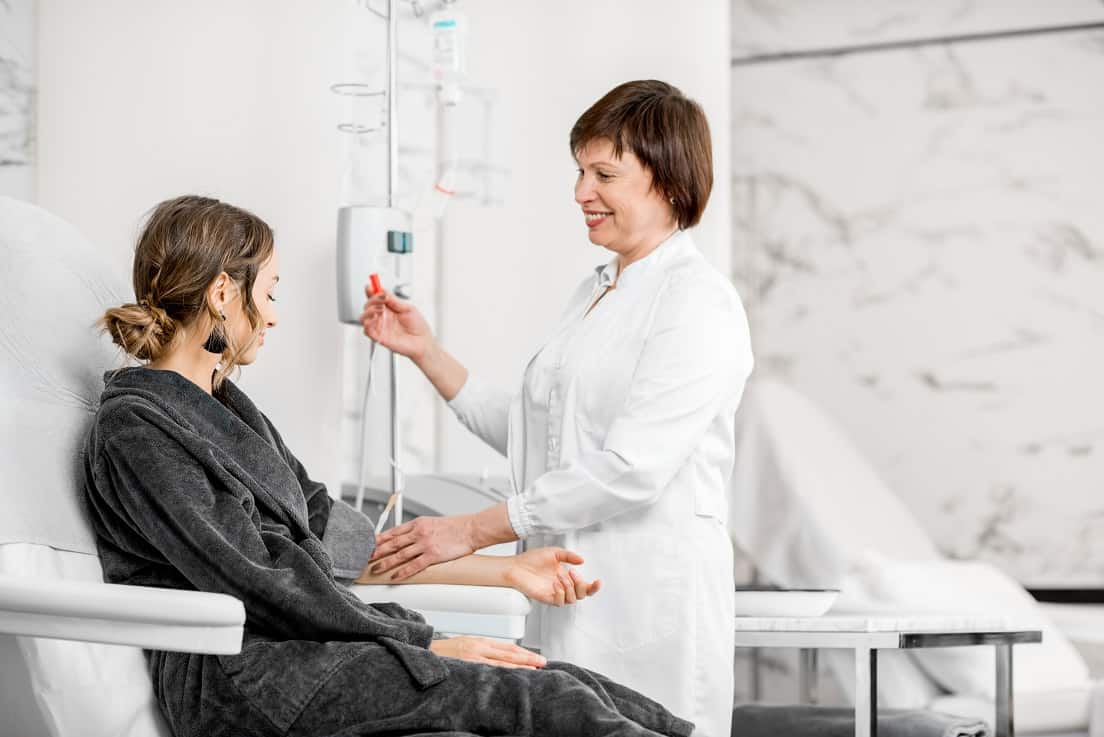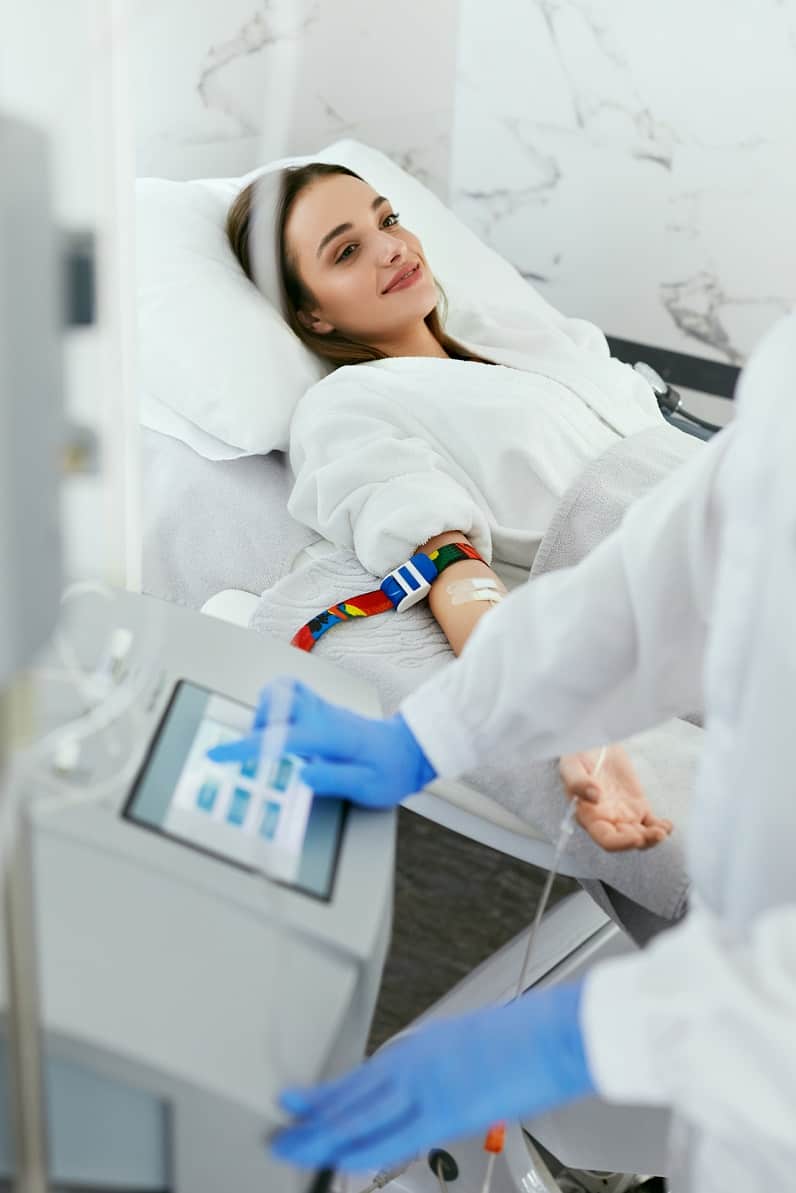Health care facilities require the correct water treatment system to safeguard their patients. Dialysis water must be carefully treated with a water treatment system consisting of a series of devices, each of which removes specific contaminants.
A patient may require over 300 – 500 litres of water each week, more than 30 times above the standard weekly oral intake. For this reason, the quality of water used for dialysis treatment must be correctly controlled and effectively monitored.
Harmful substances and bacteria can cause severe illness if transferred to the dialysis patient through contaminated dialysis water.
Dialysis in Australia
Kidney dialysis is in high demand across Australian health care systems, with around 1.7 million Australians aged 18 and over showing key indicators of Chronic Kidney Disease (CKD).
In recent years (2017-2018), 16% of all hospitalisations were related to CKD; approximately 1.8 million people were admitted with kidney-related issues. In 2019, over 13,900 Australians were receiving kidney dialysis treatment.

What Are The Potential Harmful Substances?
Harmful substances can place a patient at risk of health complications such as:
- Adynamic bone disease
- Osteomalacia
- Hemolytic anaemia
- Nausea
- Arrhythmias
- Pyrogenic reactions; a well-recognised complication of hemodialysis
Key harmful substances in water include:
- Chloramines
- Copper
- Aluminium
- Zinc
- Fluoride
- Bacteria
- Endotoxins
- Nitrates
- Formaldehyde
- Sodium
- Calcium
- Low Ph
- Magnesium
- Sulphates
Poor water quality may also cause dialysis encephalopathy syndrome (DE). This is a complication that can occur due to aluminium in dialysis fluids. DE cases have been reduced with aluminium-free water.
Why Is It So Important?
Water improperly filtered or treated for this application may contain impurities such as heavy metals and endotoxins, which can cause injury, disease or death. The safe and effective delivery of this process relies significantly on the quality of the water and well-maintained pre-treatment systems, and that’s where Aquacure can help.

Sources:
https://www.aihw.gov.au/reports/chronic-kidney-disease/chronic-kidney-disease-compendium/contents/
https://www.health.qld.gov.au/cq/services/renal-services
https://www.aquacure.com.au/products/commercial-water-filtration/
https://f1000research.com/articles/10-1107

